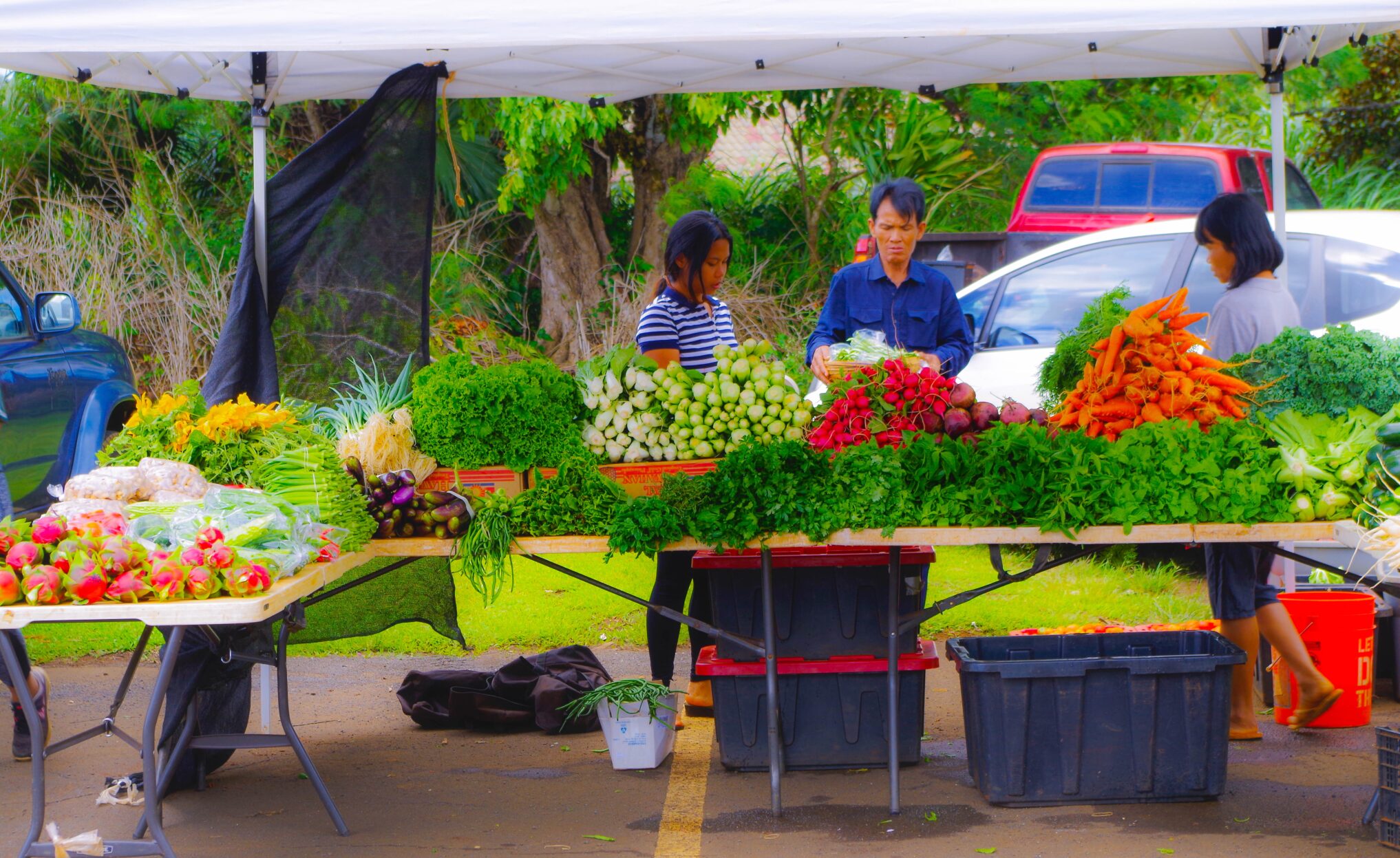The 53-minute film “Accidental Host — The Story of Rat Lungworm Disease” produced by Dr. Claire Panosian, has been airing on PBS stations around the country since last October and will see its third round of primetime broadcasts on PBS Hawaii on Aug. 17 and Aug. 20.
People can be infected when they deliberately or accidentally eat a raw snail or slug containing the lungworm larvae or eat unwashed lettuce or other raw leafy vegetables that the slime of infected snails or slugs has contaminated.
Each of the 300+ PBS stations makes its own decision about when, where and if to air the film. It’s had good uptake in many markets, including Florida, Puerto Rico and various midwestern states. Programmers at other major stations have not yet aired the show because of the limitations of their schedules. The film’s distribution as an Accidental Host to PBS stations will continue through September 2025, and the content will undoubtedly hold up for at least that long, if not longer.
On the other hand, PBS Passport is an app available to anyone who supports their local PBS station at a basic level (usually $60/year). So whether or not their home station has already aired the show, a supporter can access the film at no additional charge through the PBS Passport streaming site.
Paznosian is an infectious disease specialist at UCLA and Food Safety News contributor. She is an expert in rat lungworm disease.
This public education approach comes after the best minds with the best science have concluded that Hawaii’s rat lungworm is not spreading beyond the state. In fact, Hawaii is the epicenter of rat lungworm disease which was first found in Asia.
According to Hawaii’s State Department of Health:
“Angiostrongyliasis, also known as neuroangiostrongyliasis or rat lungworm, is a disease that affects the brain and spinal cord. It is caused by a parasitic nematode (roundworm parasite) called Angiostrongylus cantonensis. The adult form of A. cantonensis is only found in rodents. However, infected rodents can pass larvae of the worm in their feces. Snails, slugs, and certain other animals (including freshwater shrimp, land crabs, and frogs) can become infected by ingesting this larvae; these are considered intermediate hosts. Humans can become infected with A. cantonensis if they eat (intentionally or otherwise) a raw or undercooked infected intermediate host, thereby ingesting the parasite.”
And the Hawaii Department of Health says this is what puts you at risk:
“You can get angiostrongyliasis by eating food contaminated by the larval stage of A. cantonensis worms. In Hawaii, these larval worms can be found in raw or undercooked snails or slugs. Sometimes people can become infected by eating raw produce that contains a small infected snail or slug, or part of one. It is not known for certain whether the slime left by infected snails and slugs are able to cause infection. Angiostrongyliasis is not spread person-to-person.”
With these results:
“This infection can cause a rare type of meningitis (eosinophilic meningitis).
The clinical presentation can vary. Symptoms can start with non-specific symptoms and evolve into more specific symptoms over the next following weeks. People may experience nausea, vomiting, and abdominal pain a few hours to a few days after ingestion. Symptoms can then progress to headache and other neurologic symptoms. Non-specific symptoms include fever, light sensitivity, muscle pain, fatigue, and insomnia. More specific symptoms may include constant headache, neck stiffness and pain, tingling or burning of the skin, double vision, bowel or bladder difficulties, and seizures.
Children may experience more fever, irritability, somnolence, lethargy, gastrointestinal symptoms, muscle twitching, convulsions, and extremity weakness. In addition, individuals may experience a few days to weeks of no symptoms followed by neurologic symptoms.
Although it varies from individual to individual, the symptoms usually last between two to eight weeks. Symptoms have also been reported to last for longer periods of time.
Risk in Hawaii
According to the Hawaii Health Department: “The majority of cases of rat lungworm that are identified in Hawaii have occurred on the Big Island, but cases, and infected intermediate hosts (snails and slugs), have also been identified on all of the major neighbor islands. Since the risk for infection is present statewide, the recommendations for preventing infection should be followed no matter where in the state you are.
Prevention:
To prevent angiostrongyliasis, the Hawaii Department of Health says don’t eat raw or undercooked snails or slugs, and if you handle snails or slugs, be sure to wear gloves and wash your hands. Eating raw or undercooked freshwater shrimp, land crabs and frogs may also result in infection, although, there have not been any documented cases in Hawaii.
You should thoroughly inspect and rinse produce using potable water. Leaves of leafy greens should be washed one by one under running potable water. Boil snails, freshwater prawns, crabs, and frogs for at least 3–5 minutes. Only drink potable water and do not drink from garden hoses.
Eliminating snails, slugs, and rats founds near houses and gardens might also help reduce risk exposure to A. cantonensis. Eliminating snails, slugs, and rats can be achieved through pesticide baits, traps, rodent proofing your home and sanitation.
(To sign up for a free subscription to Food Safety News, click here.)

